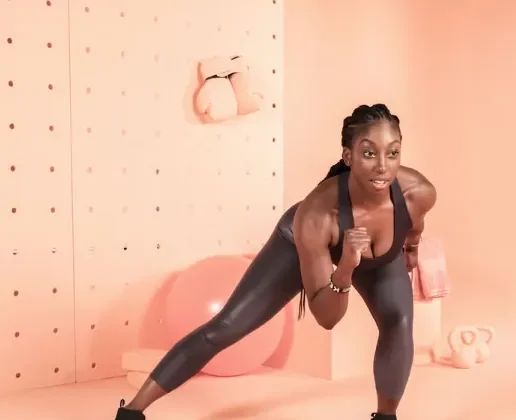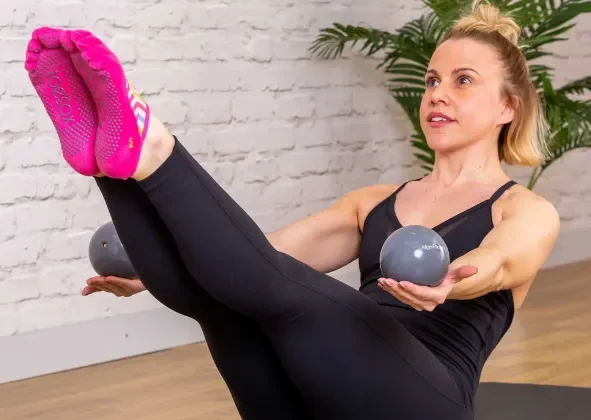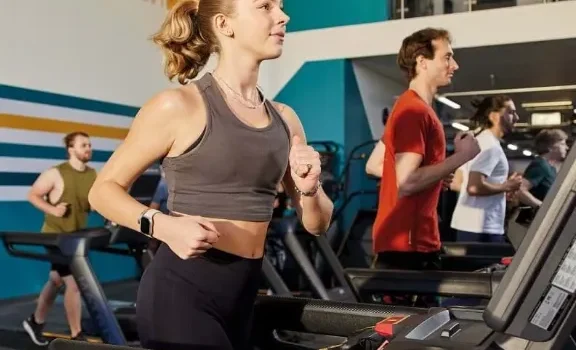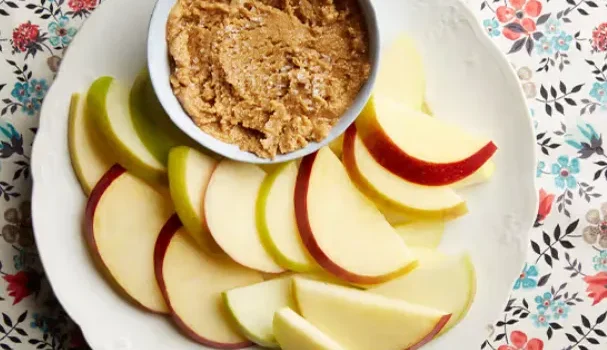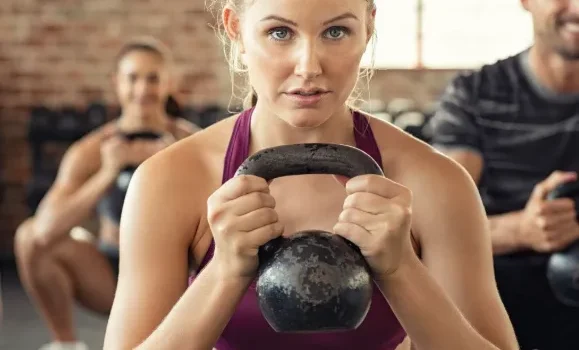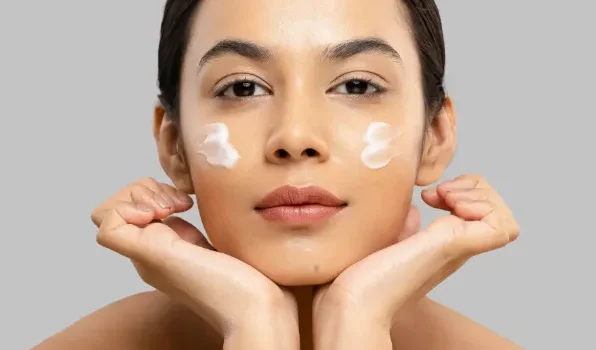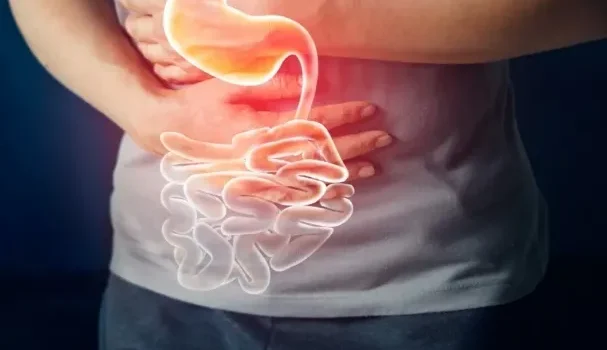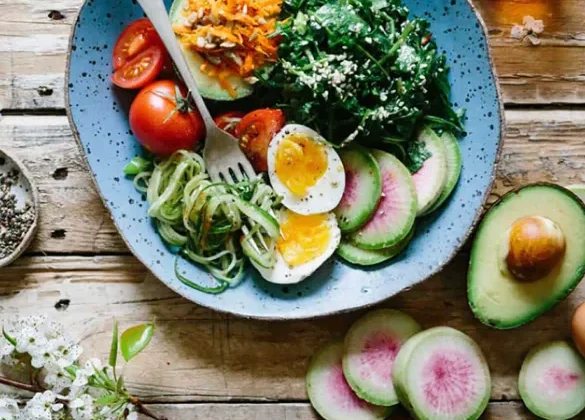
High cholesterol is a growing health issue that can lead to cardiovascular problems, including heart disease and stroke. Characterized by high levels of LDL (bad cholesterol) and low levels of HDL (good cholesterol), managing cholesterol is essential for maintaining heart health. The good news is that regular physical activity can significantly improve cholesterol levels and reduce the risk of heart-related issues.
How Cholesterol Affects Heart Health
To understand how exercise impacts cholesterol, it’s important to first understand how cholesterol influences the body. Cholesterol is transported in the bloodstream by lipoproteins. LDL cholesterol can build up in artery walls, causing plaque formation and leading to a condition called atherosclerosis. This narrows the arteries and increases the risk of heart disease.
On the other hand, HDL cholesterol helps protect the heart by removing excess cholesterol from the bloodstream and returning it to the liver for processing. Generally, the lower your LDL and the higher your HDL, the better your cardiovascular health.
Factors like diet, family history, and lifestyle all influence cholesterol levels. However, exercise plays a vital role in improving these levels and protecting the heart.
The Benefits of Exercise for Cholesterol Control
Exercise helps regulate cholesterol in several important ways:
- Increases HDL Cholesterol
Aerobic exercise, even at moderate intensity, has been shown to boost HDL levels. This “good” cholesterol helps carry LDL particles back to the liver, ultimately removing them from the body. - Reduces LDL Cholesterol
Physical activity helps lower LDL cholesterol, especially the small, dense particles that are most damaging to the arteries. Exercise promotes better liver processing of LDL and improves how cells manage cholesterol. - Improves Triglyceride Levels
Exercise helps lower triglycerides, the fats that circulate in the blood. Lower triglycerides are associated with higher HDL levels and less plaque buildup in the arteries. - Enhances Lipoprotein Function
Exercise not only influences cholesterol levels but also improves the size and quality of lipoproteins. LDL particles become larger and less harmful, and HDL particles shift to a more protective form, both of which help slow atherosclerosis. - Supports Weight Management
Carrying excess weight often increases LDL and triglyceride levels, while reducing HDL. Regular exercise helps manage weight by burning calories and building muscle, which can directly improve cholesterol balance.
Designing an Exercise Routine for Cholesterol Control
To achieve the best cholesterol-lowering effects, exercise should be tailored to your goals and abilities. Consider the following key elements when crafting your routine:
- Intensity
Exercise intensity plays a key role in improving cholesterol:- High-intensity: Vigorous exercises, like sprinting or high-intensity interval training (HIIT), can significantly raise HDL and lower LDL levels. These activities also boost cardiovascular endurance.
- Moderate-intensity: Activities such as brisk walking, cycling, or swimming provide excellent benefits for lowering LDL and boosting HDL without straining the body. Health experts recommend engaging in moderate-intensity exercise regularly.
- Low-intensity: Lighter exercises, like casual walking or stretching, may have a smaller impact on cholesterol but still contribute positively to your overall health.
- Duration
The duration of your exercise sessions also affects cholesterol management:- Short sessions: High-intensity interval training (HIIT) and vigorous sports like basketball can improve cholesterol levels with workouts as short as 10-15 minutes.
- Moderate sessions: Aim for 30-60 minutes of moderate-intensity aerobic activity most days of the week to see significant cholesterol benefits.
- Longer sessions: Longer, lower-intensity activities like walking or swimming can help with weight management and have lasting cholesterol-improving effects. Just be sure to increase duration gradually.
- Exercise Types
For optimal cholesterol control, a mix of exercises is most effective:- Aerobic: Focus on rhythmic activities like running, cycling, swimming, and dancing to engage large muscle groups and elevate heart rate.
- Resistance training: Incorporate weightlifting or resistance band exercises to build muscle and enhance metabolism.
- Mind-body exercises: Practices like yoga, tai chi, and Pilates improve flexibility, balance, and stress levels, contributing to overall health.
Tips for Maintaining a Sustainable Exercise Routine
While the science behind exercise and cholesterol management is clear, sticking to a consistent fitness routine can be challenging. Here are some practical tips to help you stay on track:
- Find activities you enjoy: You’re more likely to stick with a routine if you enjoy the exercises. Try different activities to discover what works best for you.
- Set realistic goals: Start slow and gradually increase the intensity and duration of your workouts. Small, achievable milestones will keep you motivated.
- Make exercise a priority: Schedule regular workout sessions and treat them like any other important appointment.
- Mix it up: Keep your routine fresh by adding new activities or variations to prevent boredom and reduce the risk of injury.
- Stay consistent: For lasting improvements in cholesterol, consistency is key. Make physical activity a regular, non-negotiable part of your day.
Conclusion
Exercise is one of the most effective ways to manage cholesterol levels and improve heart health. By combining aerobic, resistance, and mind-body exercises, you can significantly lower LDL, boost HDL, and improve triglycerides. A well-rounded fitness routine, along with a healthy lifestyle, can make a big difference in maintaining optimal cholesterol levels and reducing your risk of heart disease.

